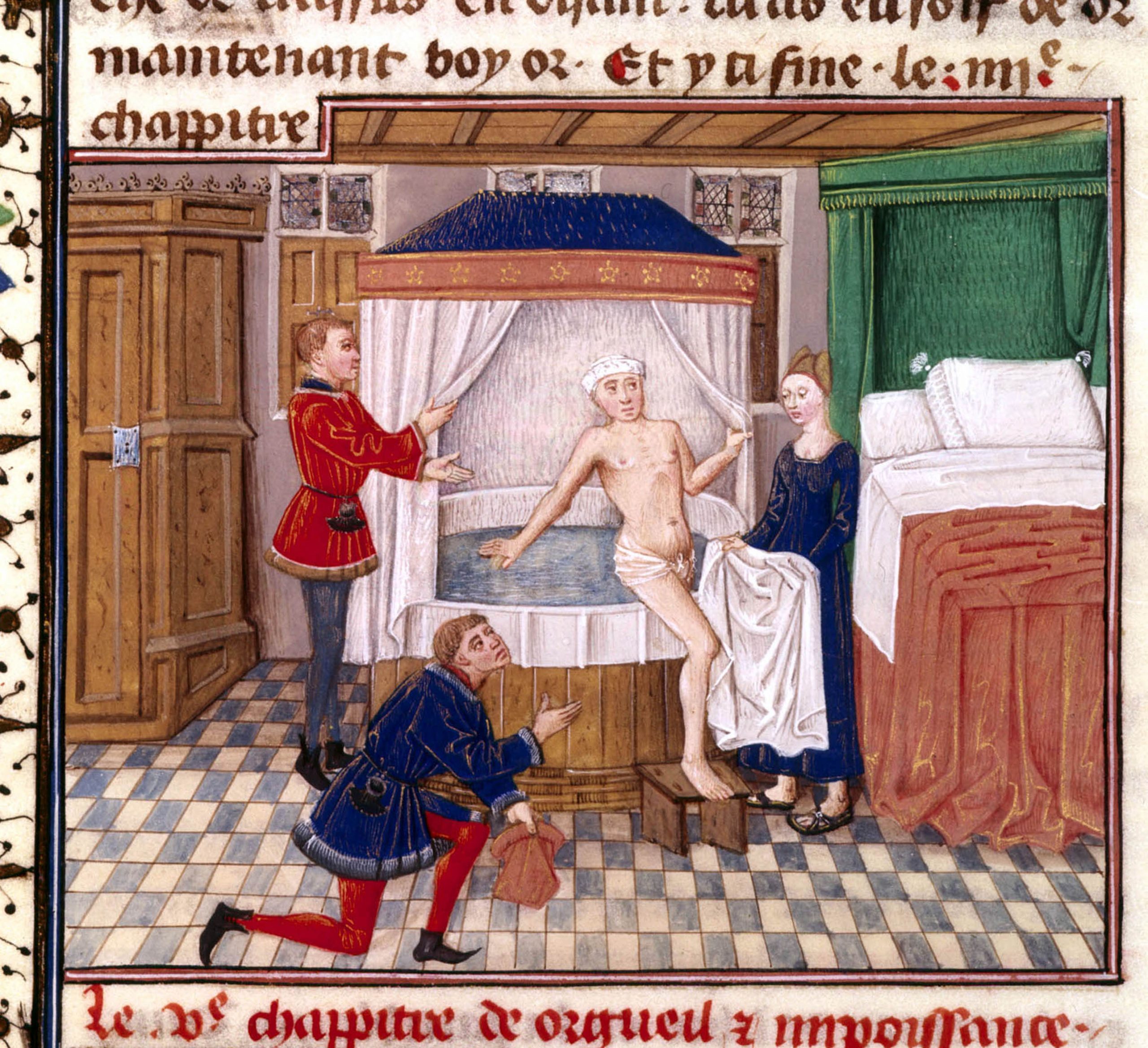
We can say that hygiene actually differs from one period to another. For example, the hygiene of people during the Victorian era is very much different than the hygiene of people living in the modern era. A normal hygiene habit during ancient times may be considered as something unhygienic today. Certain changes are often made for the better because cleaner habits eliminate or substantially reduce treatable or preventable diseases.
Obviously, the medieval period cannot be considered to be the model of solid hygiene and cleanliness. In fact, hygiene practices of the medieval era are very unhygienic, you may find them as something gross. Here are some unhygienic practices of the medieval era you would like to know about:
- Bathing isn’t done on a regular basis
Today, bathing is a very common practice as it’s not only something to refresh one’s body but to cleanse and make it sanitized as well. When we say ‘sanitized,’ we simply mean ‘cleaned.’ During the medieval period, people took a bath once every few days. You may find this odd but you have to know that this wasn’t their fault after all. Back then, water was not always available so bathing can’t be done regularly. The people had to travel far to go to the nearest river, lake, or stream to bathe.
- Bath waters are shared
A shared bath water was popular during the medieval period. Perhaps, you may not want to see or visit an ancient bath house especially after discovering where the water is coming from. Since water was scarce during those times, people often plunge themselves into the water even when dozens and dozens of people have used it already. In short, multiple people can use a shared bath water at a time and this often takes several cycles.
- Rivers are used as toilets
People of the medieval period made use of rivers as their toilets. This was normal back then because water closets and running water weren’t existent. As a result, people had to deal with limited options. While wealthy people had latrines in their homes, the poorer class had to use the river as a place to relieve themselves.
- Medieval houses had no concrete flooring
Medieval houses had floors made of straw that were mixed with plants and other herbs. They were strewn on the ground and served as the house flooring. With the passing of time, dirt had built up and accumulated, giving the entire house a musty and foul smell. In addition, such flooring was also home to pests and rodents.
- Streets were used to empty chamber pots
This medieval practice can make you shudder, for sure. People of the medieval era had to throw the content of their chamber pots in the streets. People who were passing by and were unattentive may find themselves drenched in urine and even poop.
- Regular washing of hands wasn’t common
Again, water scarcity is the culprit of this practice. Fresh and clean water was so precious but difficult to have. Why would they waste it just for washing their hands? That was the norm back then.
- Soap wasn’t necessary
Soap was an expensive commodity during the medieval period. Thus, people had just splashed their hands, face, or body a bit and they were good to go.
- Wounds were treated with urine
Open wounds, cuts, and bruises were commonly treated with urine during the medieval or ancient period. Urine treatment was normal during that time, but infection is more likely to happen because the urine itself is a non-sterile solution. This is especially true when the urine that’s used to treat wounds is stored for a period of time.






